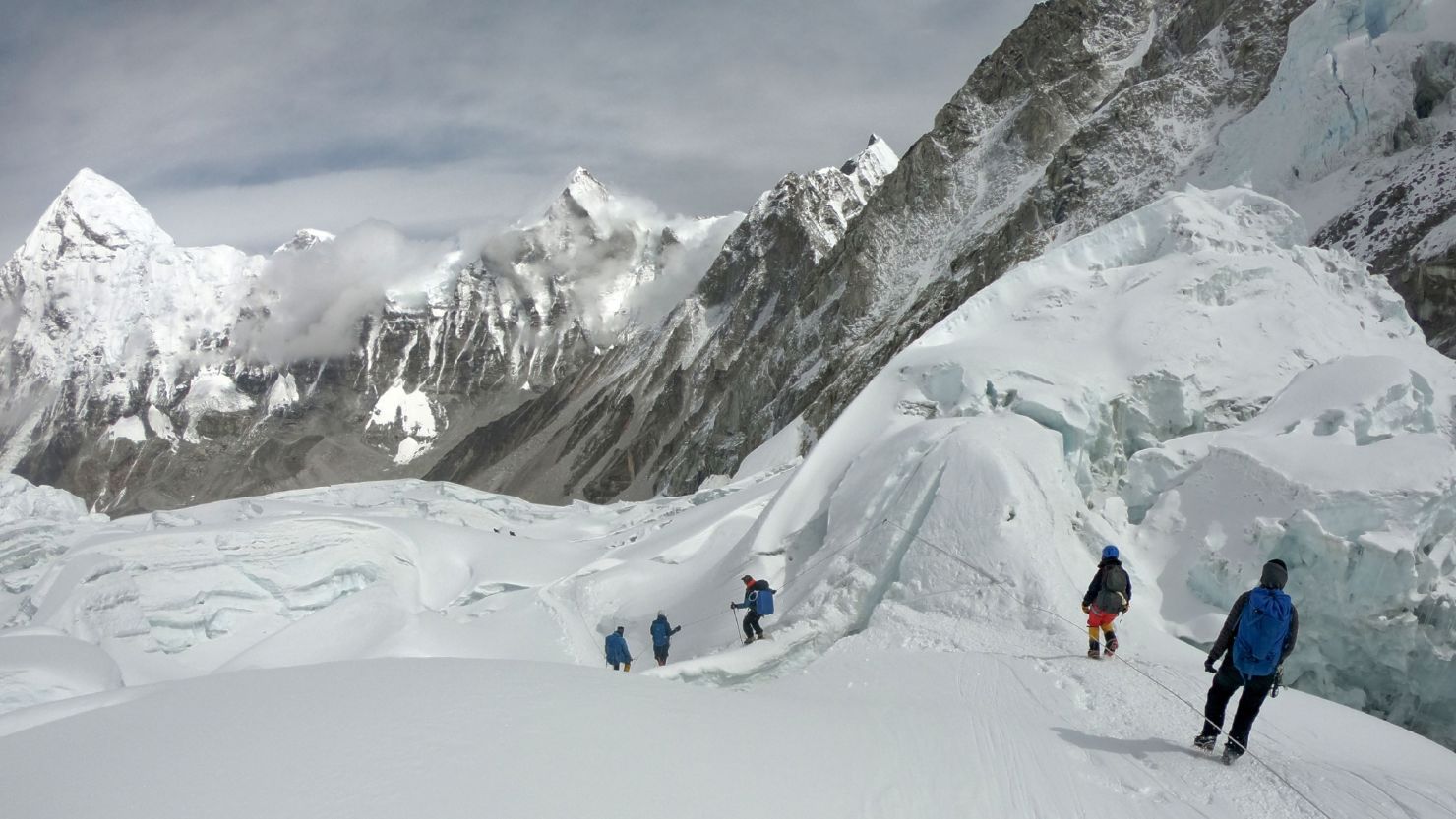Nepal has issued permits for a record 463 climbers so far for this spring season’s expeditions to Mount Everest even as experts worry about dangerous overcrowding at the summit.
Some 367 male and 96 female climbers from 65 countries have received permission so far to scale the tallest mountain in the world from Nepal’s side, Yubaraj Khatiwada, the director of Nepal’s Tourism Department, told CNN. American and Chinese mountaineers top the list.
Spring is the prime time to climb Mount Everest, although some mountaineers might climb in the less favorable autumn season.
Most climbers try to ascend the peak in May. There’s a brief window of time – usually after mid-May – when temperatures are warmer, and the high-altitude winds known as the jet stream have moved away from the mountains.
The climbers, along with staff members and Sherpa guides, would spend nearly two weeks hiking to the Everest base camp, which sits at an altitude of around 17,000 feet (almost 5,200 meters).
They would then spend about two weeks adjusting to the altitude and waiting on good weather conditions before continuing for another four days, reaching other camps and finally ascending to the summit.
Warnings of too many people on Everest
Mountaineers have warned of the dangers of overcrowding on Everest.
Large numbers of people trying to reach the summit during a short time frame have led to traffic jams at the summit in the past, with hundreds of people waiting in line to reach Everest’s top.
A picture taken by climber Nirmal Purja showing a dense trail of climbers huddling on an exposed ridge to mountain’s summit in May 2019 went viral. He told CNN at the time that there were roughly 320 people in the queue to the top in an area known as the “death zone.”
The more than 460 climbers who have received permission to climb this spring will be accompanied by more than 1,500 Nepali Sherpas and other staff at the base camp and above. To avoid overcrowding, Nepali authorities say they are setting up more than one rope wherever possible.
“The geography we can’t change… but we are trying to manage by adding multiple ropes,” Khatiwada told CNN.
Three Sherpas died earlier this month after being buried by a block of snow on Everest, according to the official. They were delivering materials to construct and clear a route to be used by climbers to get to the top of the mountain.
Nepal is home to eight of the 10 highest mountains in the world, so mountaineering is a significant source of revenue, employing large teams of people to support climbers.




